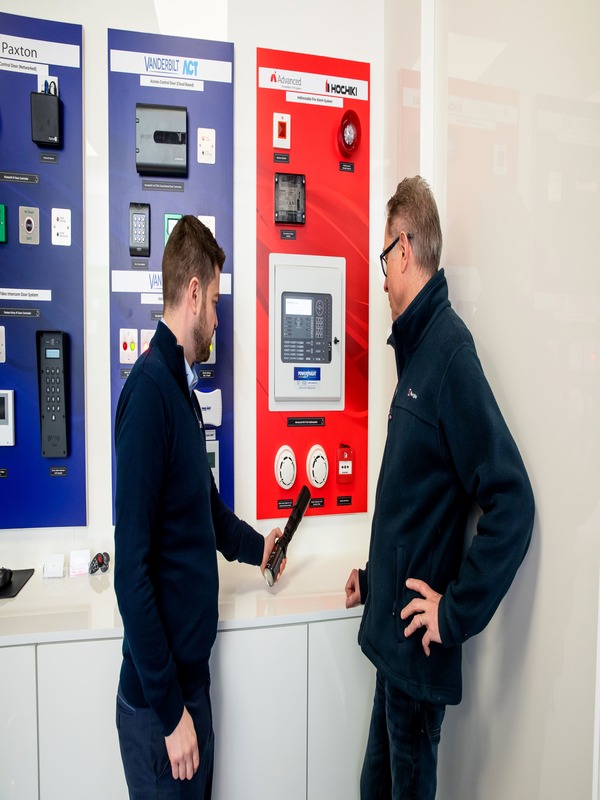Commissioning
Commissioning of MEPF (Mechanical, Electrical, Plumbing, and Fire Protection) systems is the process of ensuring that these systems are installed, tested, and functioning correctly according to the design intent and owner's requirements. It involves a comprehensive evaluation, verification, and documentation of the systems' performance. Here are the key steps involved in the commissioning process:
1. Pre-Commissioning Activities:
a. Review Design and Specifications: Thoroughly review the MEPF design drawings, specifications, and performance criteria to understand the system requirements and intended functionality.
b. Develop Commissioning Plan: Develop a detailed commissioning plan that outlines the scope, objectives, procedures, and responsibilities for each system.
c. Commissioning Team: Assemble a commissioning team comprising qualified professionals, including commissioning agents, engineers, technicians, and relevant stakeholders.
2. Functional Testing:
a. Functional Testing: Conduct functional testing to verify that each MEPF system is operating as intended and meeting the specified requirements.
b. Test Procedures: Develop test procedures for each system, including step-by-step instructions, acceptance criteria, and performance measurements.
c. Equipment Verification: Ensure that all equipment, components, and controls are installed correctly, calibrated, and programmed as per the design specifications.
3. Performance Testing:
a. Performance Criteria: Establish performance criteria and metrics for each MEPF system, such as energy efficiency, temperature control, airflow rates, lighting levels, water flow rates, etc.
b. Performance Measurement: Measure and record system performance, comparing it against the established criteria. This may involve using data loggers, sensors, meters, and other measurement tools.
c. Balancing and Adjustments: Conduct system balancing and adjustments, including airflow balancing, water balancing, temperature calibration, and lighting level adjustments.
4. Integrated Systems Testing:
a. Integration Verification: Verify the integration and coordination between different MEPF systems, ensuring that they function together seamlessly without conflicts.
b. System Sequences: Test the proper operation of system sequences, such as HVAC start-up and shut-down sequences, fire alarm and suppression system activation, and emergency power transfer.
5. Safety and Compliance Testing:
a. Safety Verification: Ensure that all safety measures and devices are operational and meet the required standards, such as fire alarm systems, emergency lighting, backup power, grounding, and electrical insulation.
b. Code Compliance: Verify that the MEPF systems comply with relevant local codes, regulations, and industry standards, including fire codes, electrical codes, plumbing codes, and HVAC standards.

